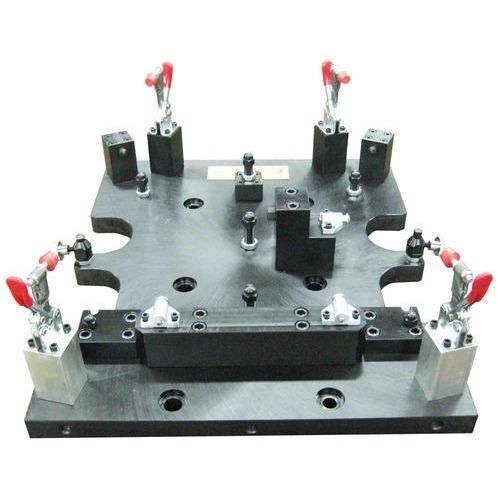Design for Manufacturing: Part Fixturing

This article looks at designing products in such a way as to promote viable fixturing use.
Parts which are to be machined must first be constrained to prevent movement. This is accomplished through the use of fixturing. Fixtures allow for constraining axes of translation and rotation, location pinning, and workpiece support. That means that you're keeping whatever you're working on from moving. However, to successfully constrain the workpiece, there must be an adequate clamping surface. Design engineers must ensure that there are sufficient clamping surfaces for the machinist to work with.
In addition to ensuring that adequate clamping surfaces exist, the design engineer must work with a stress engineer to ensure that the workpiece will not buckle or otherwise fail as a result of the fixture used. This requires sufficient material thickness and geometry. If the workpiece fails as a result of clamping, the product will be rejected.
If
(a) While designing parts for machining
(b) If the part is to be pinned in place
Then
(a) The part should be designed with fixture clamping points in mind.
(b) Part clamping points should be of sufficient strength as to allow clamping and pinning without deformation
This rule prevents damage to the product while promoting use of fixtures to reduce manufacturing time and variability.





Member discussion